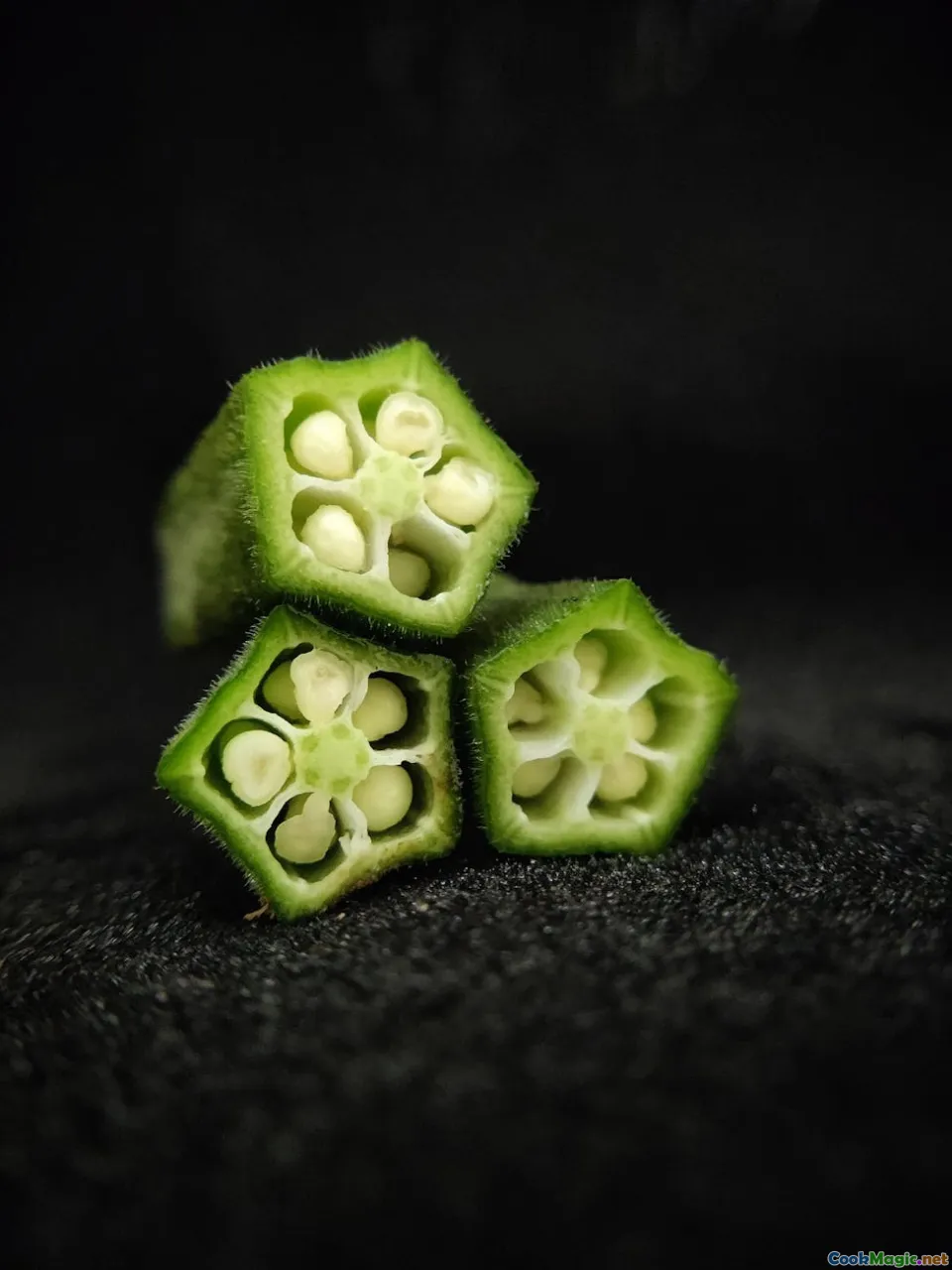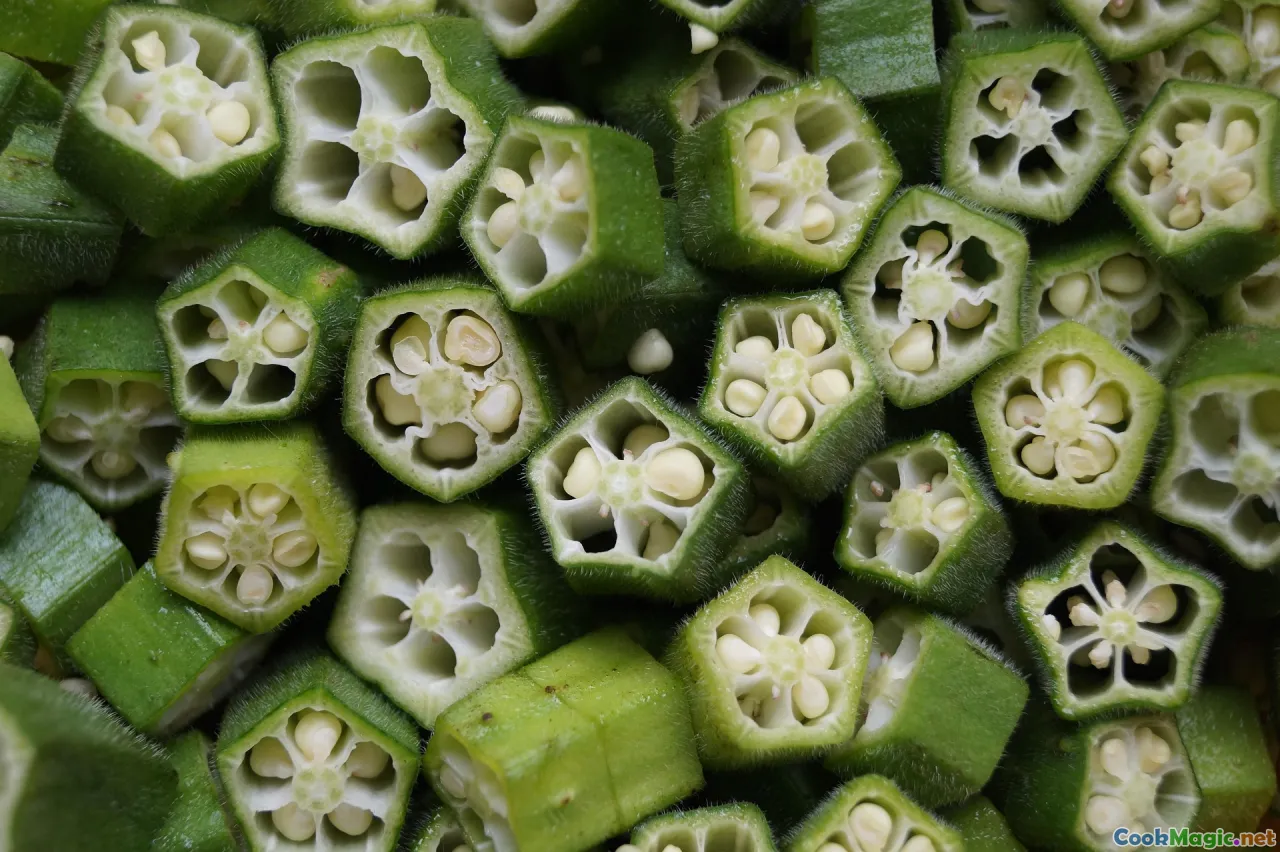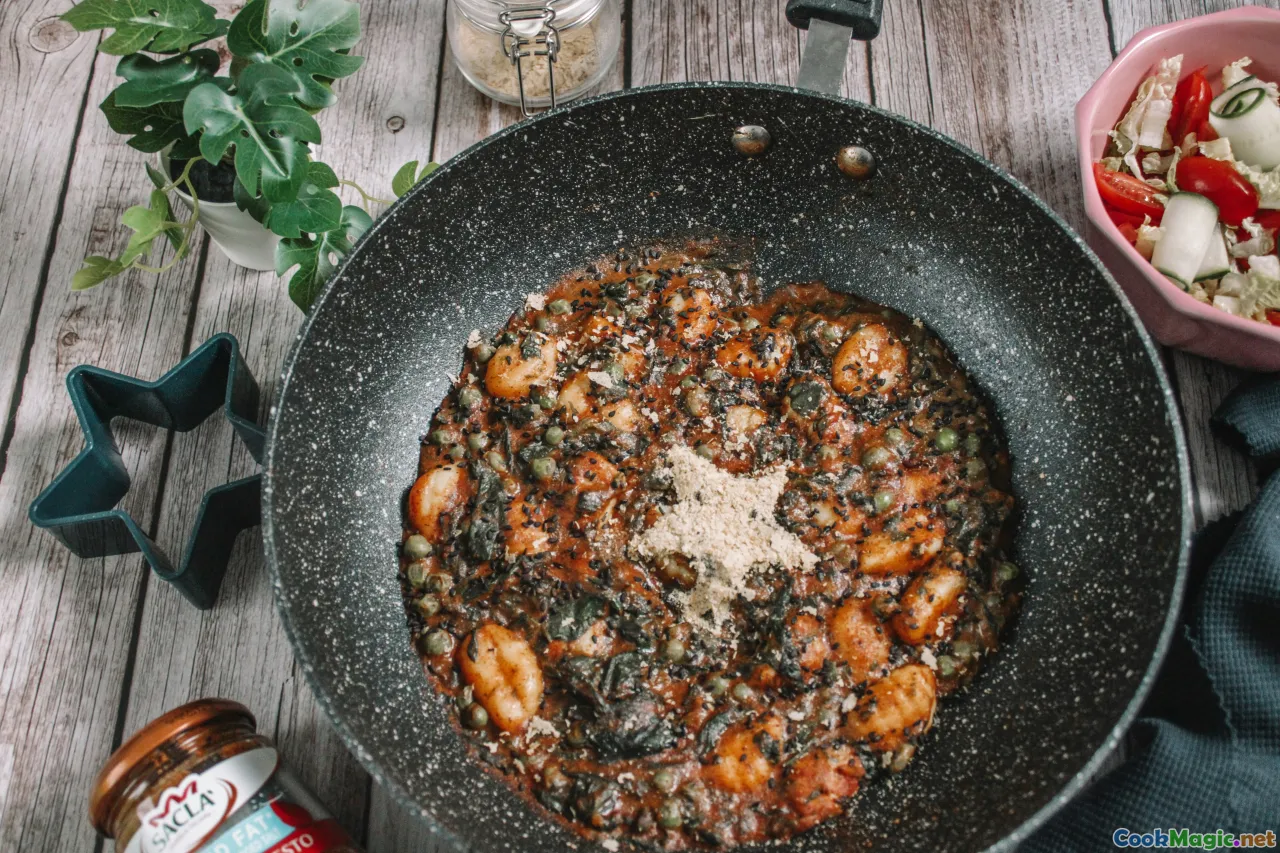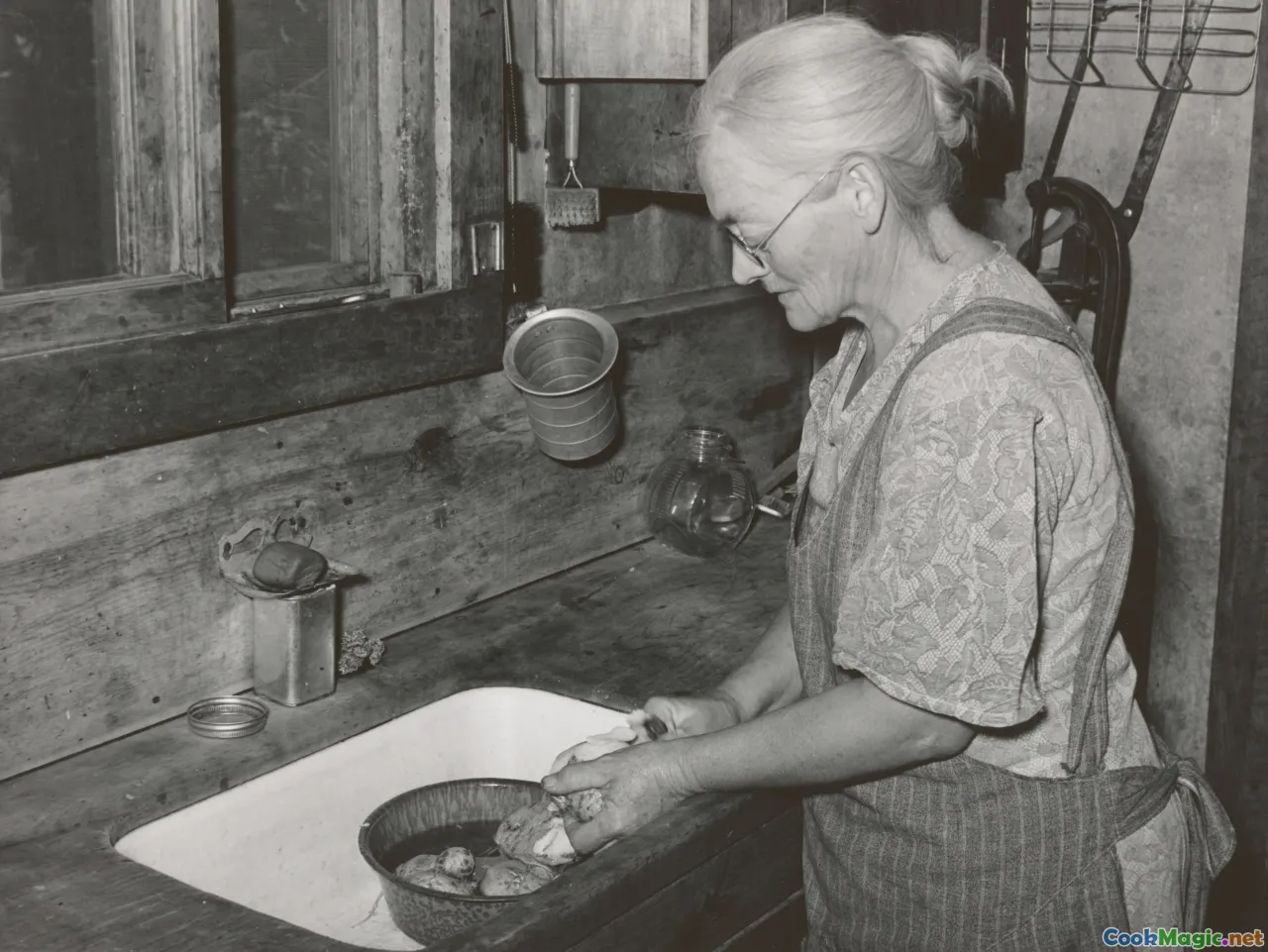Why Okra is Essential in Authentic Southern Gumbo
11 min read Explore the crucial role of Okra in authentic Southern gumbo, highlighting its texture and flavor contributions to this iconic dish. August 09, 2025 15:05
Why Okra is Essential in Authentic Southern Gumbo
Few dishes embody the soulful spirit of Southern US cuisine quite like gumbo—a bubbling, fragrant cauldron of flavors, tradition, and history. Central to this rich tapestry is the humble okra, a vegetable whose unique texture and profound culinary significance transform a simple stew into a deeply layered experience. For those who seek to understand what makes authentic Southern gumbo so enchanting, recognizing the role of okra is non-negotiable. Its presence isn’t just a matter of flavor—it’s a symbol of cultural resilience, culinary ingenuity, and regional identity.
The Cultural Roots of Okra in Southern Cuisine

To appreciate why okra is so vital to Southern gumbo, one must first traverse the cultural tapestry from which it stems. Originating in West Africa and arriving in the American South through the transatlantic slave trade, okra became more than just a vegetable; it became an emblem of African heritage woven into the fabric of Southern cooking. Enslaved Africans used okra as a staple in their diet, transforming it into hearty stews flavored with spices, and elevating its humble status.
In the Lowcountry of South Carolina and along the Gulf Coast, okra was readily cultivated and soon fused into local culinary traditions. It was a symbol of resilience—a plant that thrived in the challenging Southern climate, mirroring the strength of its people. Over centuries, this African influence melded with European and Native American ingredients, creating a unique cuisine—Southern gumbo—where okra plays a starring role.
Today, in communities from New Orleans to the Mississippi Delta, the presence of okra signals a deep respect for tradition, history, and regional identity. It’s a proud badge of Southern heritage, passed down through generations, cooked in family kitchens, and celebrated in festivals.
The Textural Heart of Gumbo: Why Okra Matters

Gumbo, at its core, is an intricate dance of textures: the savory broth, tender meats, aromatic vegetables, and the signature thickening agent. Among these, okra occupies a special place—it is both a vegetable and a natural thickener, providing a distinctive, silky mouthfeel that sets authentic gumbo apart.
When sliced, fresh okra reveals a striking interior of tiny, edible seeds encased within a mucilaginous (slimy) interior. This sliminess, often viewed with skepticism by neophytes, is actually instrumental in creating the rich, velvety consistency that defines gumbo. As the dish simmers slowly, the okra releases its mucilage, binding the ingredients into a cohesive, luxurious broth.
This gelatinous quality balances the spiced, smoky flavors of sausage, seafood, or chicken chunks, amplifying the dish’s whole sensory experience. It’s a mouth-coating embrace that rounds out the palate, making every spoonful a complex interplay of taste and texture.
The Art of Cooking With Okra: Tips for Authenticity

Achieving that perfect, tender, slimy-but-not-mushy okra in gumbo requires finesse. Here are some culinary insights for aspiring home chefs and seasoned cooks striving for authenticity:
-
Choose Fresh, Small Okra: Select young, small pods—about 2 to 3 inches long—since they tend to be tender and less fibrous. Larger pods often have a tougher texture and a more pronounced mucilage.
-
Avoid Overcooking: Add sliced okra toward the latter part of the simmering process. Overcooking can turn okra to complete mush, diminishing its textural appeal and cluttering the broth.
-
Prep Properly: Wash and pat the okra dry to minimize sliminess initially. Slice width-wise into rounds or diagonal cut for even cooking.
-
Enhance the Mucilage: Some cooks swear by methods like sautéing okra briefly with onions or cooking it with a splash of vinegar to reduce excessive sliminess—though in gumbo, the natural mucilage is desired.
-
Use Dry-Heat or Frying as a Pre-Step: For a different flavor profile, some chefs lightly fry okra before adding it to the pot, which reduces some of the sliminess and adds a pleasant smoky note.
Mastering these techniques ensures that the okra contributes its signature silky texture without overpowering the dish.
Variations: Embracing Personal and Regional Flavors

While traditional Southern gumbo maintains a focus on okra, seafood, smoked sausage, and whether it’s served unroasted or with chicken, regional differences enrich the dish’s versatility:
- Seafood Gumbo: In Coastal Louisiana, shrimp and crab often dominate, with fresh okra complementing the seafood’s sweetness.
- Andouille Sausage: A smoky, spicy sausage typically brings depth to the gumbo, its flavors enhanced by the okra’s earthy notes.
- Vegetarian or Vegan Variations: Some cooks substitute meat with hearty vegetables, enhancing flavor with smoked paprika or liquid smoke to mimic the smoky profile.
- Spice and Seasoning: The “holy trinity”—bell peppers, onions, and celery—is essential, but regional cooks enhance it with filé powder, cayenne, or hot sauce for added complexity.
Regardless of variation, the core principle remains: okra lends a distinctive character that binds all components with its luscious, mucilaginous embrace.
Personal Stories: Okra a Family Tradition

From stories shared around backyard tables in Mississippi to bustling New Orleans cookouts, okra holds a place in family traditions and cherished memories. I remember my grandmother’s gumbo simmering on the stove during Mardi Gras, the air thick with aroma of spices and the faintly earthy scent of okra. The act of stirring her pot was a ritual, a connection across generations.
In these stories, okra isn’t just an ingredient; it symbolizes a link to roots, history, and community. It’s a vegetable that teaches patience, respect for tradition, and an appreciation for the deep flavors that only time and careful preparation can develop.
The Emotional and Cultural Significance of Okra in Gumbo

Eating gumbo with okra is more than satisfying hunger—it’s an act of cultural preservation. This dish, cradling earthy okra, spicy sausage, tender seafood, and a rich roux, embodies resilience and ingenuity.
In celebrations like Mardi Gras, family reunions, or church suppers, gumbo is often the centerpiece, served with love and pride. Each spoonful invites a taste of history, resilience, and regional pride—an edible testament to the rich tapestry of Southern life.
Okra, with its distinctive appearance and texture, acts as the soul of this dish. Its muculent nature, once misunderstood, now is celebrated as the key to the authentic texture that makes gumbo unique.
Final Thoughts: Embracing the Okra Tradition

Authentic Southern gumbo is a living expression of history, culture, and family—an edible embrace of generations past and present. At its heart lies okra, that unassuming vegetable with a bold character, offering both flavor and symbolism.
Whether you’re simmering a pot of spicy seafood gumbo in New Orleans or creating a vegetable-rich version in your own kitchen, remember that the secret to an authentic, soulful gumbo is respecting the indispensable role of okra. Its natural mucilage and earthy flavor are what elevate this dish from simple stew to a celebrated cultural icon.
So next time you prepare gumbo, honor tradition by embracing the okra’s texture, aroma, and history. Let it remind you that the soul of Southern cuisine is rooted in community, resilience, and a shared love for good, hearty food. Bam, that’s home-cooked goodness with a story—wrapped up in every luscious spoonful.









